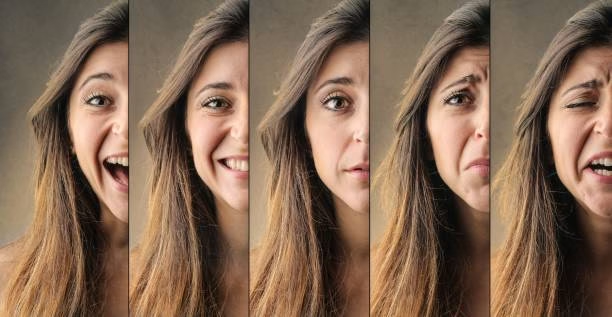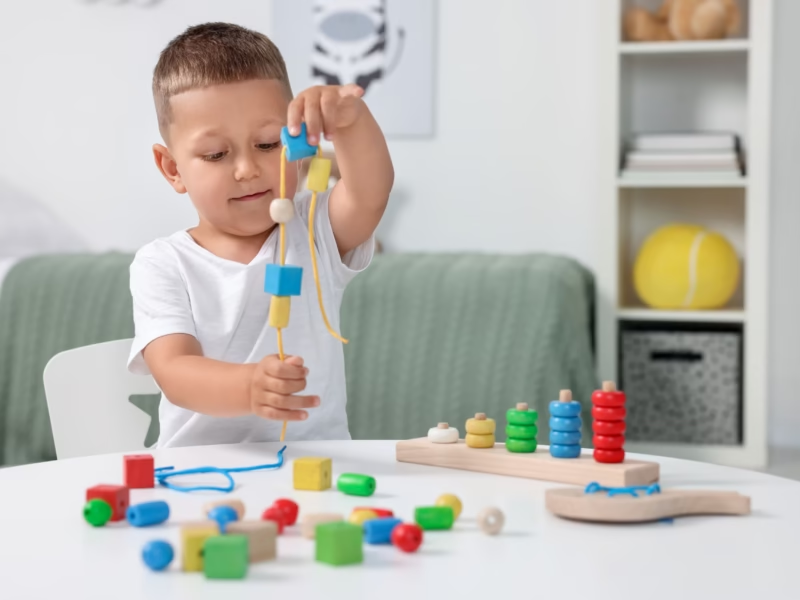When people hear the term “bipolar,” they often think of dramatic mood swings. But what many don’t realize is that bipolar disorder is not one-size-fits-all.
There are two primary types: Bipolar 1 and Bipolar 2 — and while they share similarities, the key differences lie in the intensity and nature of their symptoms, especially related to manic episodes.
Let’s explore the core distinctions between bipolar 1 disorder and bipolar 2, how each is diagnosed, treated, and what it really feels like to live with them.
What Is Bipolar Disorder?
Bipolar disorder is a mental health condition that causes unusual shifts in mood, energy, activity levels, and ability to function. These shifts include episodes of:
- Mania or hypomania (elevated moods)
- Depression (low moods)
The type of bipolar disorder is determined by the severity and duration of these episodes.
What Is Bipolar I?
Bipolar I (or Bipolar One) is the more intense form of bipolar disorder.
Key Diagnostic Criteria:
- At least one manic episode lasting at least 7 days, or requiring hospitalization
- May include depressive episodes, but not necessary for diagnosis
Symptoms of Bipolar 1:
- Abnormally elevated or irritable mood
- Inflated self-esteem or grandiosity
- Decreased need for sleep (e.g., 2 hours a night and feeling fine)
- Talkativeness or pressure to keep talking
- Racing thoughts
- Risky behavior (e.g., spending sprees, unsafe sex, drug use)
- Delusions or hallucinations (in extreme cases)
Mania in bipolar 1 can become so severe that it leads to psychosis and hospitalization.
What Is Bipolar II?
Bipolar II disorder is characterized by hypomania — a milder, shorter form of mania — and major depressive episodes.
Key Diagnostic Criteria:
- At least one hypomanic episode lasting 4+ days
- At least one major depressive episode
- No full manic episode ever
Hypomania Symptoms:
- Elevated or irritable mood
- Increased energy
- More talkative than usual
- Increased productivity or creativity
- Less need for sleep
These symptoms are noticeable but not disabling and don’t lead to psychosis.
However, depression in bipolar II can be more severe and frequent, making this type just as challenging.
Bipolar 1 vs Bipolar 2: Quick Comparison
| Feature | Bipolar I | Bipolar II |
| High mood episode | Full manic episode | Hypomanic episode |
| Depression | May or may not occur | Must have depressive episodes |
| Severity | More extreme | More subtle but persistent |
| Psychosis | Possible during mania | Not present in hypomania |
| Hospitalization | Common in mania | Rare |
Treatment Options
Both types require long-term treatment, typically including:
Mood Stabilizers
- Lithium (common in bipolar 1 disorder)
- Valproate
- Lamotrigine
Antipsychotics
Used to manage manic symptoms, especially in bipolar one when psychosis is present.
Antidepressants
Used cautiously — especially in bipolar 2, where depression is more prominent. Often combined with a mood stabilizer to avoid triggering hypomania.
Psychotherapy
Cognitive Behavioral Therapy (CBT) and Interpersonal Therapy can help:
- Recognize mood patterns
- Build daily structure
- Prevent relapses
Lifestyle Adjustments
- Sleep regulation
- Limiting alcohol/stimulants
- Stress management
- Supportive relationships
What It Feels Like: Real-World Perspective
Living with Bipolar I can feel like being on a rollercoaster you didn’t sign up for. The highs are exhilarating, but the crashes can be devastating.
Living with Bipolar II, on the other hand, often feels like you’re trapped in a cycle of brief energy bursts and long, crushing lows. People may not even notice your hypomania — but the depression can be paralyzing.
Why Proper Diagnosis Matters
Bipolar I is often diagnosed during a manic episode, which is dramatic and visible. But bipolar II is frequently misdiagnosed as unipolar depression — especially because hypomania can be mistaken for a “good day.”
If you’ve ever thought, “I think I have bipolar disorder,” but your energy spikes feel “productive” instead of reckless, it’s worth checking for bipolar two.
Misdiagnosis can lead to inappropriate treatments that may worsen symptoms. That’s why clarity between bipolar 1 vs bipolar 2 is critical.
Final Thoughts
Both bipolar 1 and bipolar 2 are serious mental health conditions — and neither is “worse” or “easier.” They’re just different.
Recognizing the difference can:
- Help you get proper care
- Reduce stigma
- Support those you love more effectively
Whether you’re dealing with symptoms of bipolar 1, navigating bipolar 2 medication, or supporting someone else — remember: treatment is available, recovery is possible, and you are not alone.


